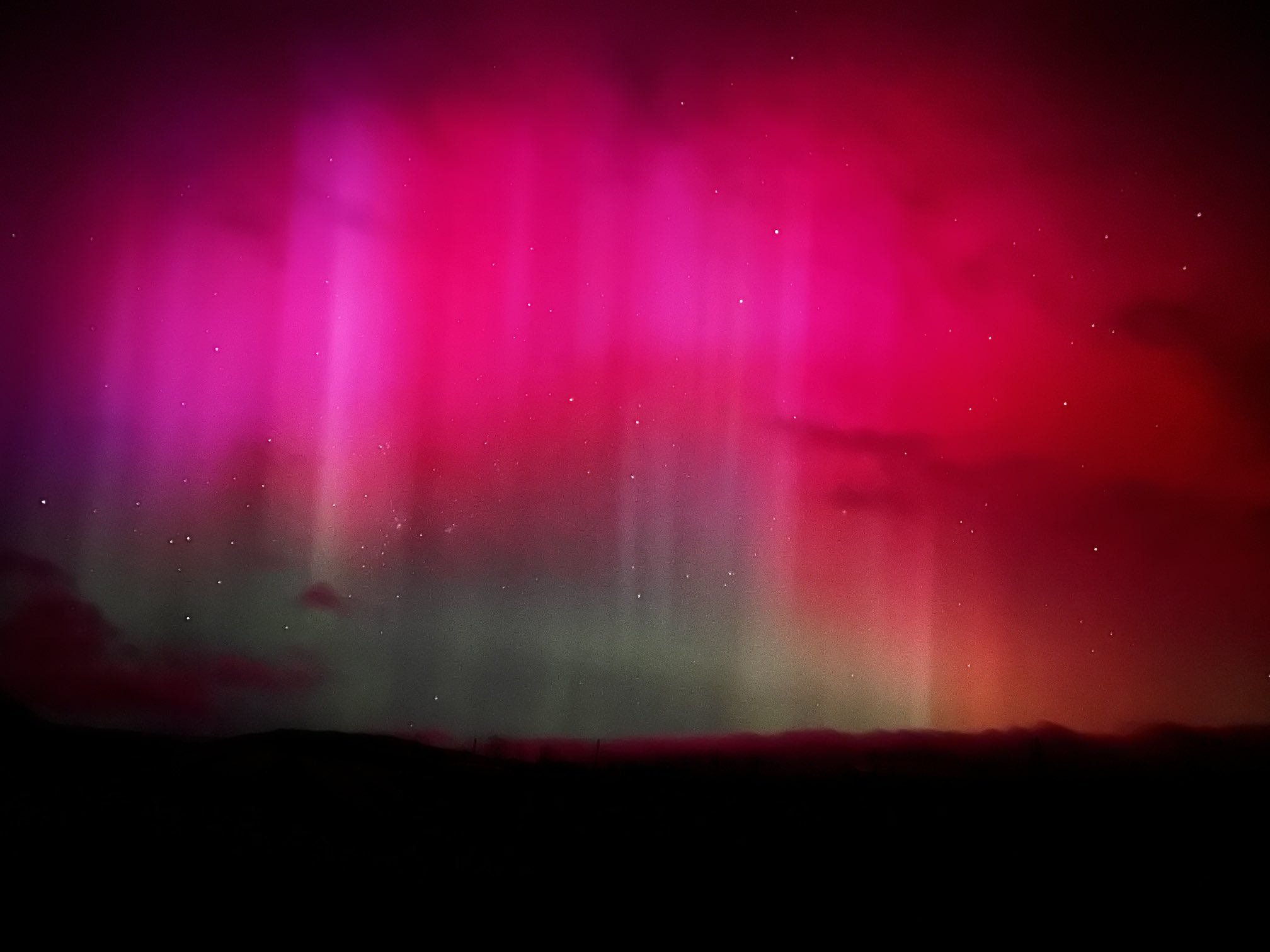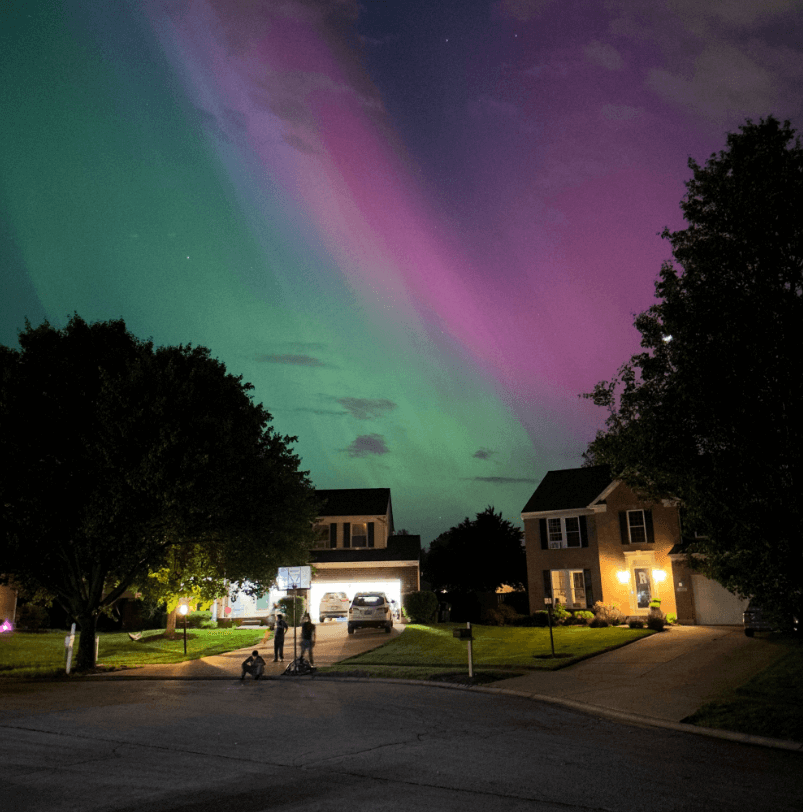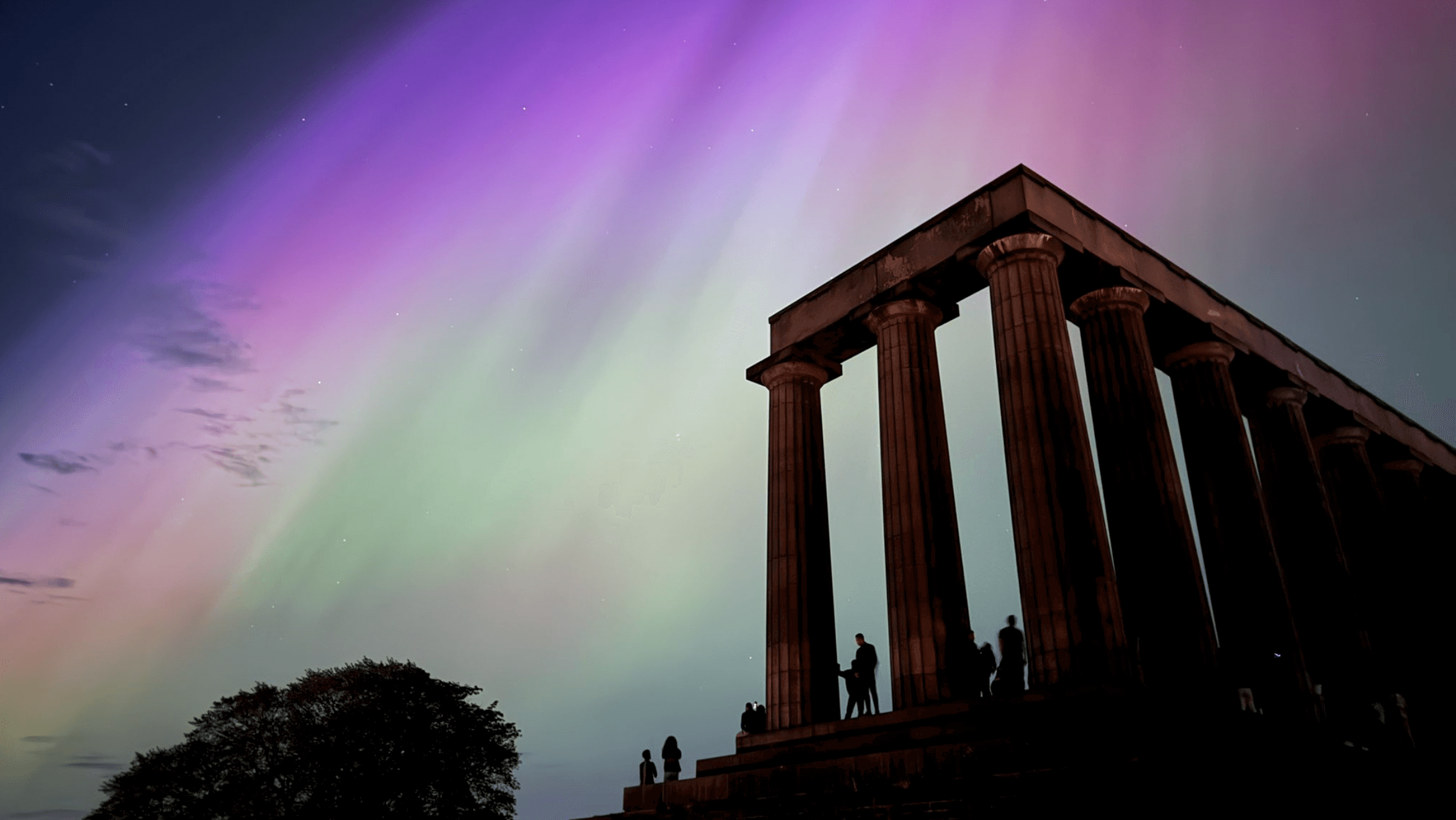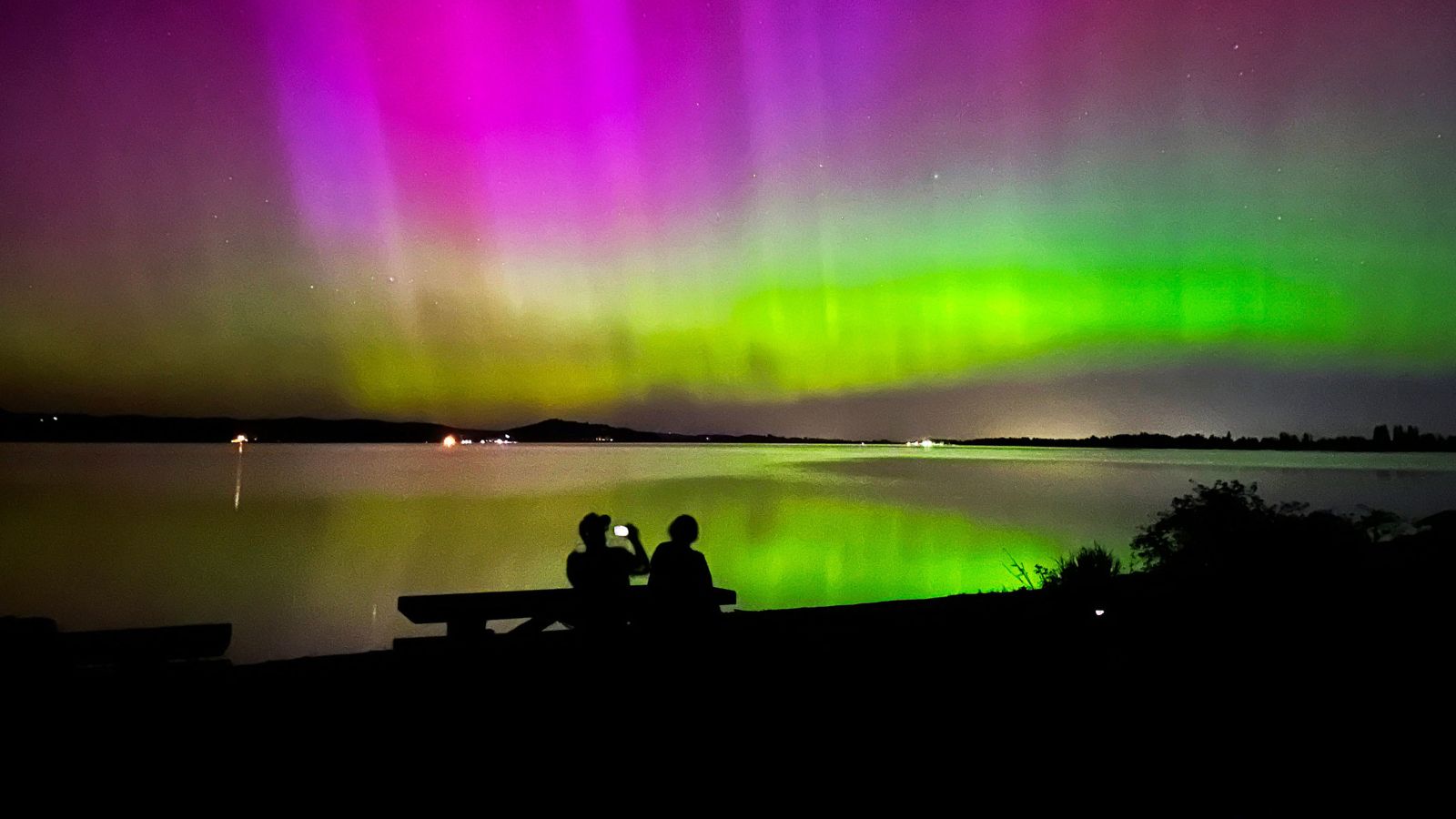(CNN) — If you missed Friday night's display, you'll have a second chance this Saturday night to see the spectacular auroras created by the Sun's continuous solar flares and coronal mass ejections.
It says auroras could be seen as far south as Alabama later this Saturday Space Weather Prediction Center From the National Oceanic and Atmospheric Administration. The best view is from the Ohio River Valley through the Midwest and Pacific Northwest.
Generally, it is best to start viewing after sunset. Weather, of course, is important as clouds limit visibility of the aurora.
“Don't worry, because it's not like an eclipse. It's a multi-day event,” CNN meteorologist Chad Myers said. “It's visible across most of North America, not all the way to the Gulf Coast, but it's close.”
Cloudy conditions will persist across much of the Northeast, from the Rocky Mountains to Texas and the northern Gulf Coast.
The Space Weather Prediction Center, a division of the National Weather Service, observed severe geomagnetic storm conditions at 6:54 p.m. Friday, reaching a magnitude of 5 out of 5. Finally, a solar storm of this magnitude reached Earth. In October 2003, power went out in Sweden and transformers were damaged in South Africa, according to the center.

On May 11, the Northern Lights will be seen over Central Otago, New Zealand at 6:20am NZT. (Courtesy of Andrew Dixon)
Scientists at the center first noticed signs of a severe, or level 4, geomagnetic storm at 12:37 p.m., when a major disturbance in Earth's magnetic field was detected. Earlier, the center issued a geomagnetic storm warning on Thursday night, the first since January 2005.
But the forecast was upgraded after scientists observed G5 or extreme geomagnetic storm conditions on Friday night.
As the Sun approaches the peak of activity in its 11-year cycle known as solar maximum later this year, researchers have observed increasingly intense solar flares from the emitting sphere.

An Aurora Borealis in Miamisburg, Ohio. (Credit: Matt Kick)

An aurora borealis is seen in the sky over Edinburgh, Scotland. (Credit: Jacob Anderson/ @itwasjacob via X)
Increased solar activity causes auroras to dance around Earth's poles, known as aurora borealis and aurora australis. When energetic particles from coronal mass ejections reach the Earth's magnetic field, they interact with gases in the atmosphere and produce different colored light in the sky.
“Overnight, auroras were visible across much of the United States. Weather permitting, they will be visible again tonight,” the Space Weather Forecast Center said Saturday.
“The intense geomagnetic storm is continuing and will last until at least Sunday,” he added.
Storms can affect power grids, satellite and high-frequency radio communications. The Biden administration said it is monitoring the possibility of impacts.
“To me, it's like the total solar eclipse on April 8. It really brings to our doorstep that we live on a planet orbiting a star in a galaxy. It brings it down to Earth,” Hakeem Oluseyi, an astrophysicist, told CNN. .
“If you ask me, I'd say a total solar eclipse is clearly the top. But next to a bright comet, auroras are amazing to see. If you're near the northern or southern solstice, you won't. Look at the colors in the sky, but the true curtains of nebulosity are for more people around the world. It's really cool that it's spreading.”
Bill Nye, “the science guy,” said, “Let's celebrate it.”
CNN's Ashley Strickland contributed to this report.






